Physical Security: A Detailed Overview of ANSI Standards & ISO
VerifiedAdded on 2023/06/14
|5
|764
|309
Essay
AI Summary
This essay provides an overview of physical security standards and regulations, primarily focusing on the role of the International Organization for Standardization (ISO) and the American National Standards Institute (ANSI). It explains how ANSI, as the member body of ISO in the United States, formulates, amends, and regulates standards. The essay discusses the ANSI-American Society for Quality National Accreditation Board (ANAB) and its role in certifying standards bodies within the US, emphasizing compliance with ISO 9000 and ISO 14000 families of standards. It further elaborates on the specific benchmarks set by these standards, including quality management systems, environmental protection, and continuous improvement. The document concludes by highlighting the importance of these standards in ensuring quality and environmental responsibility.
1 out of 5
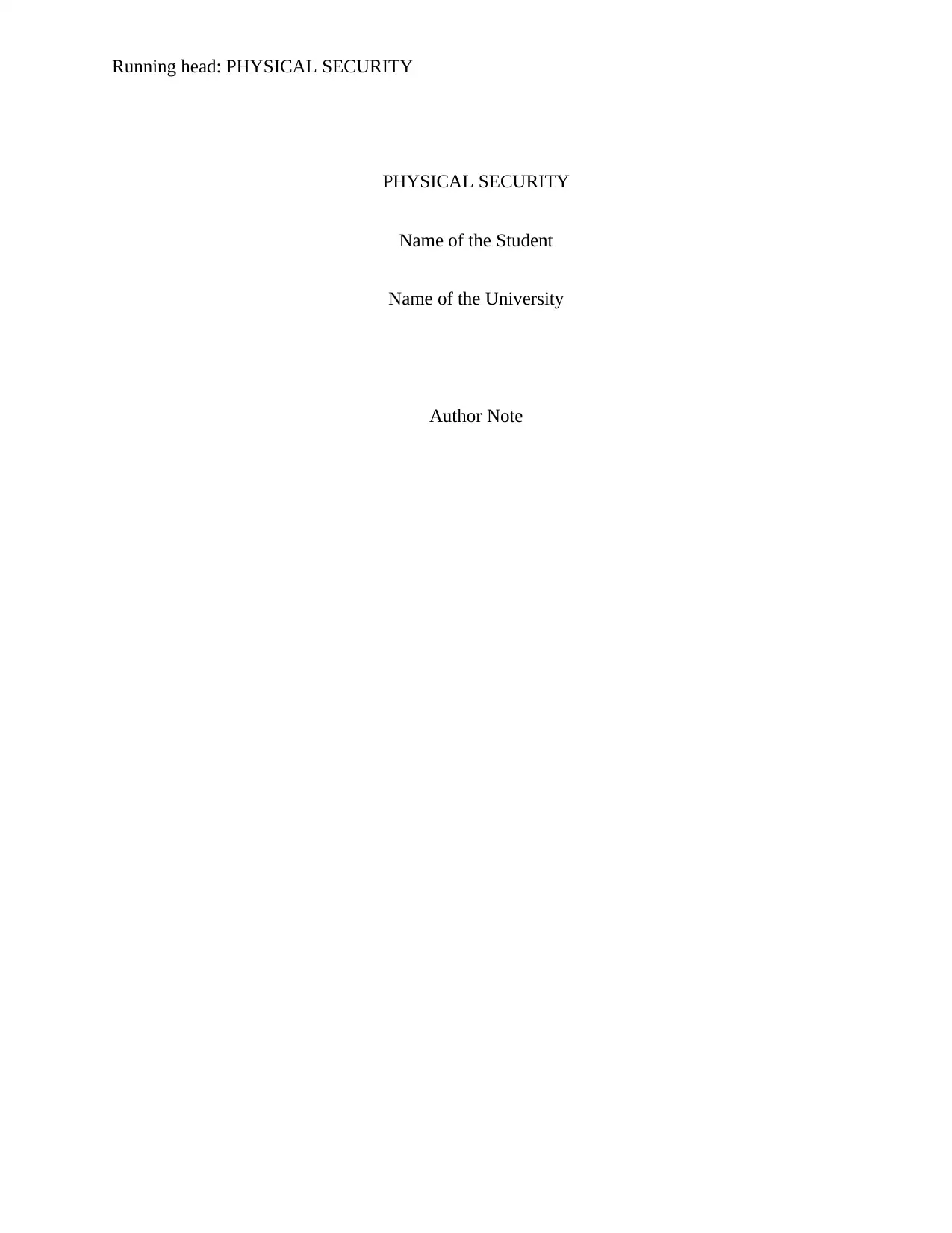
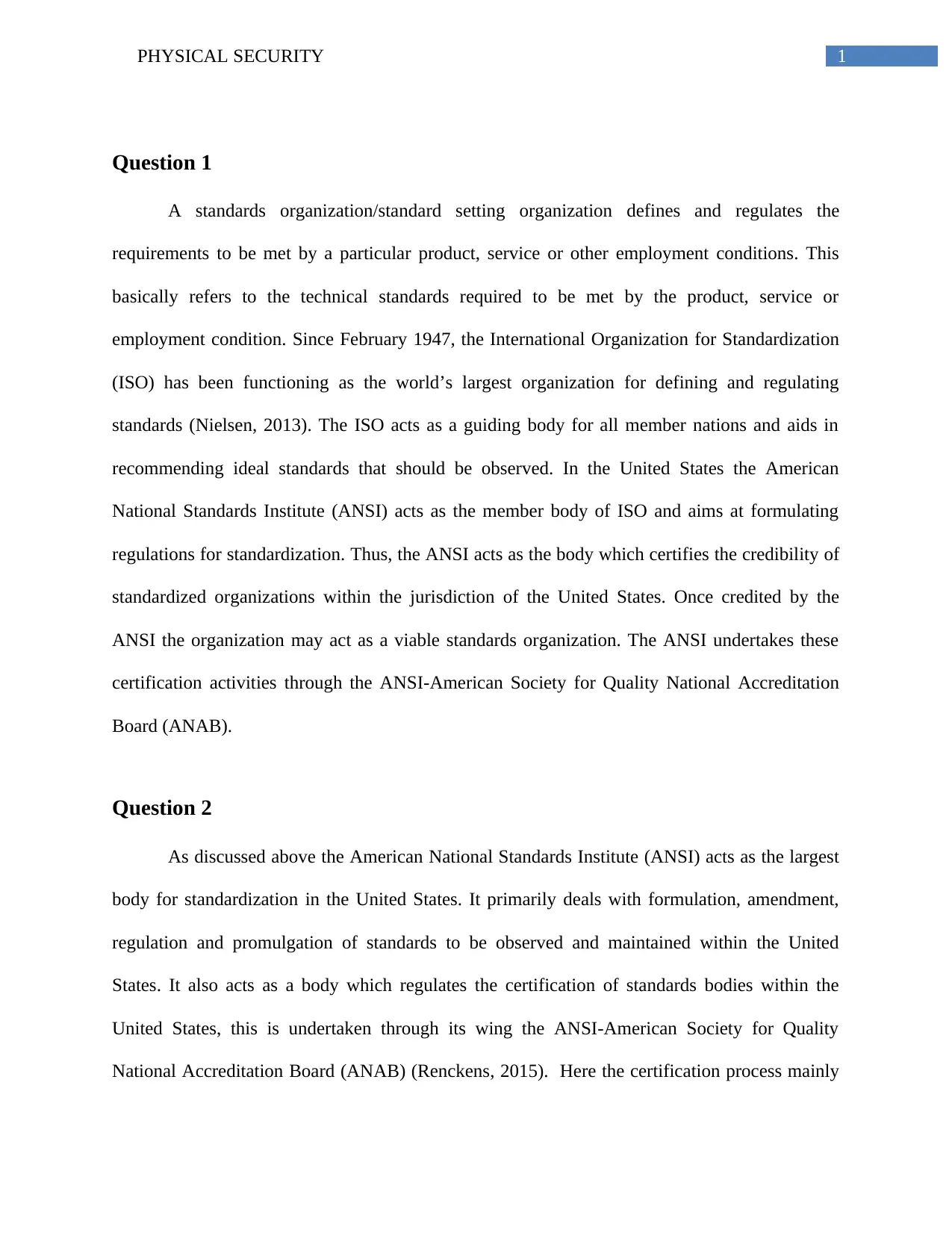
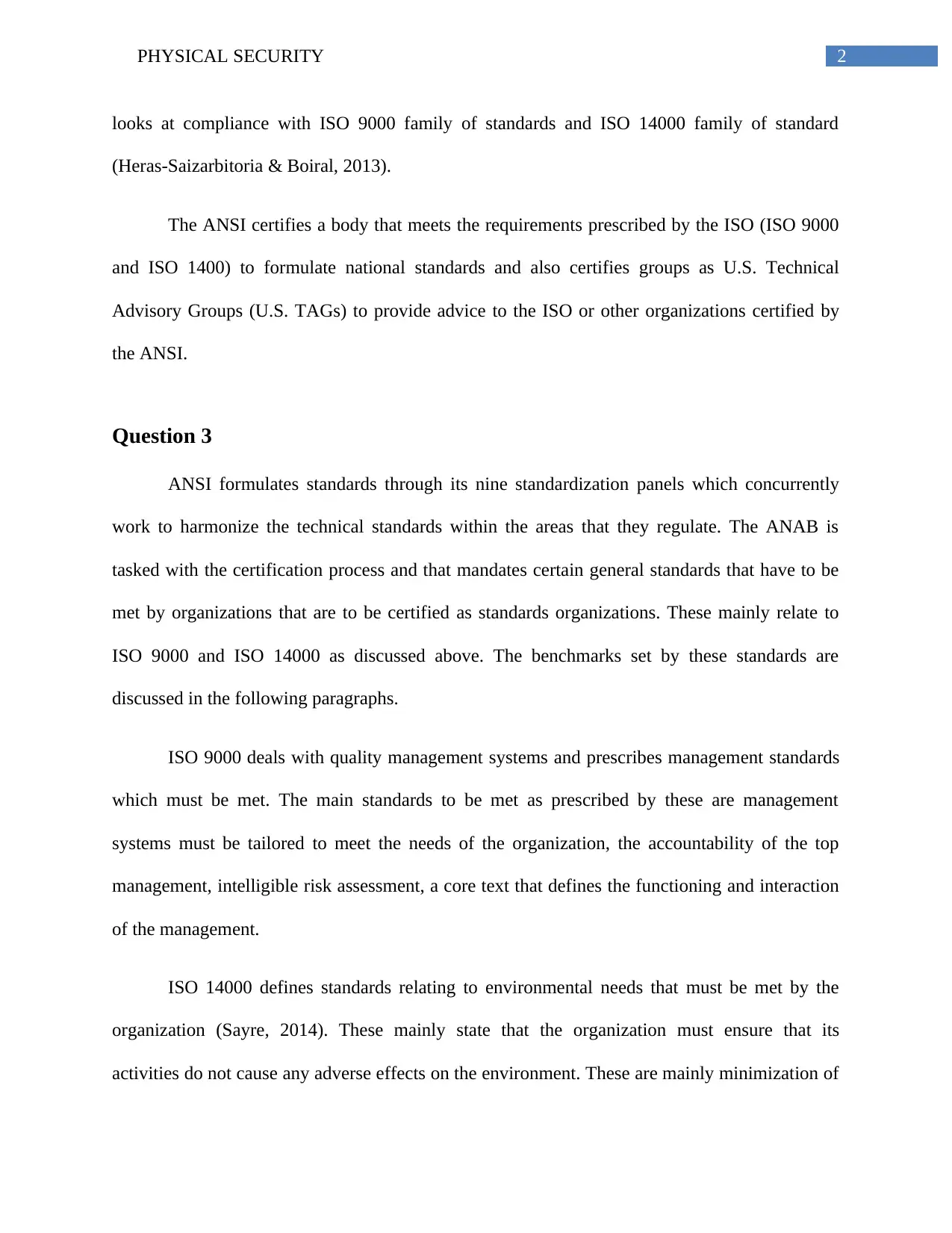

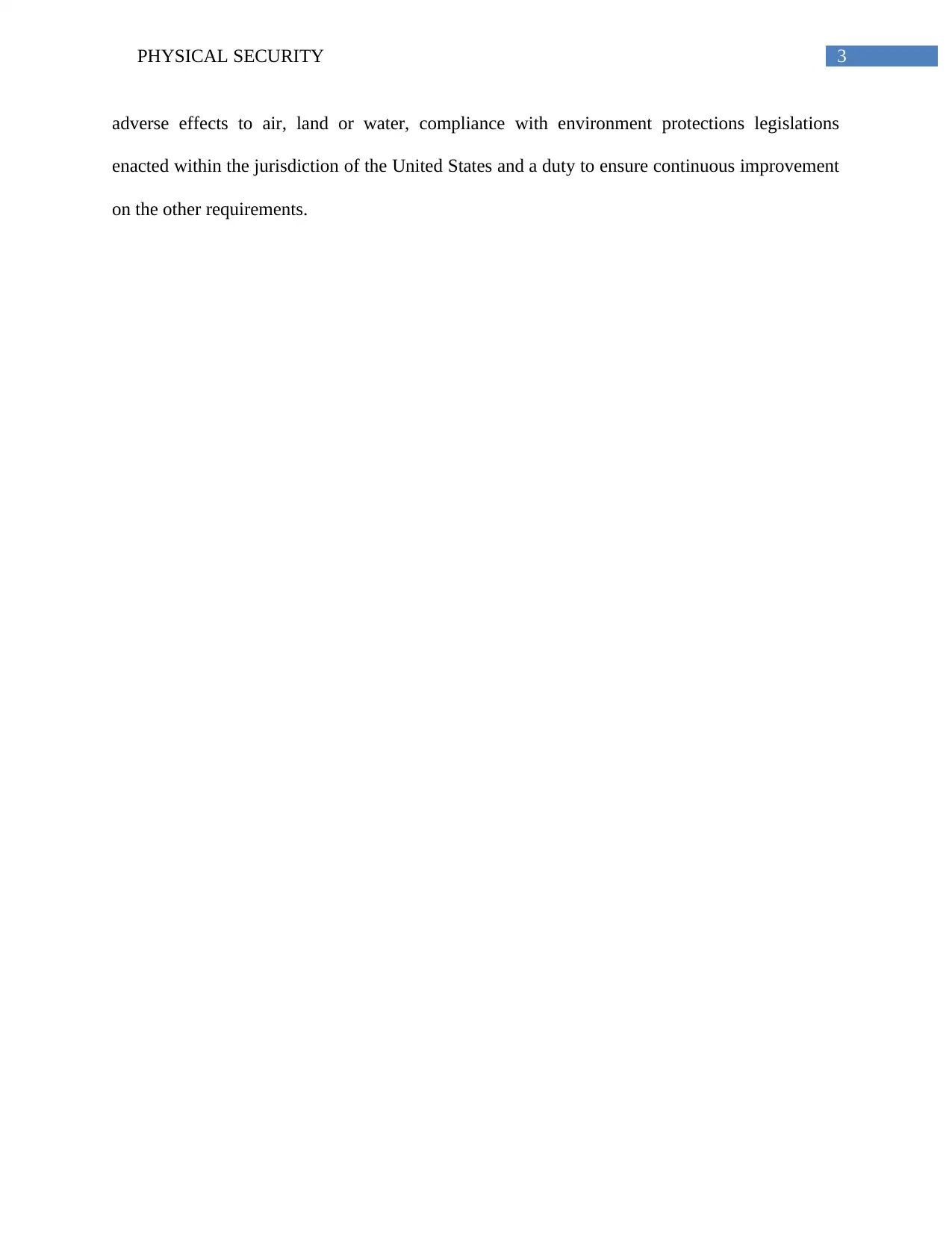
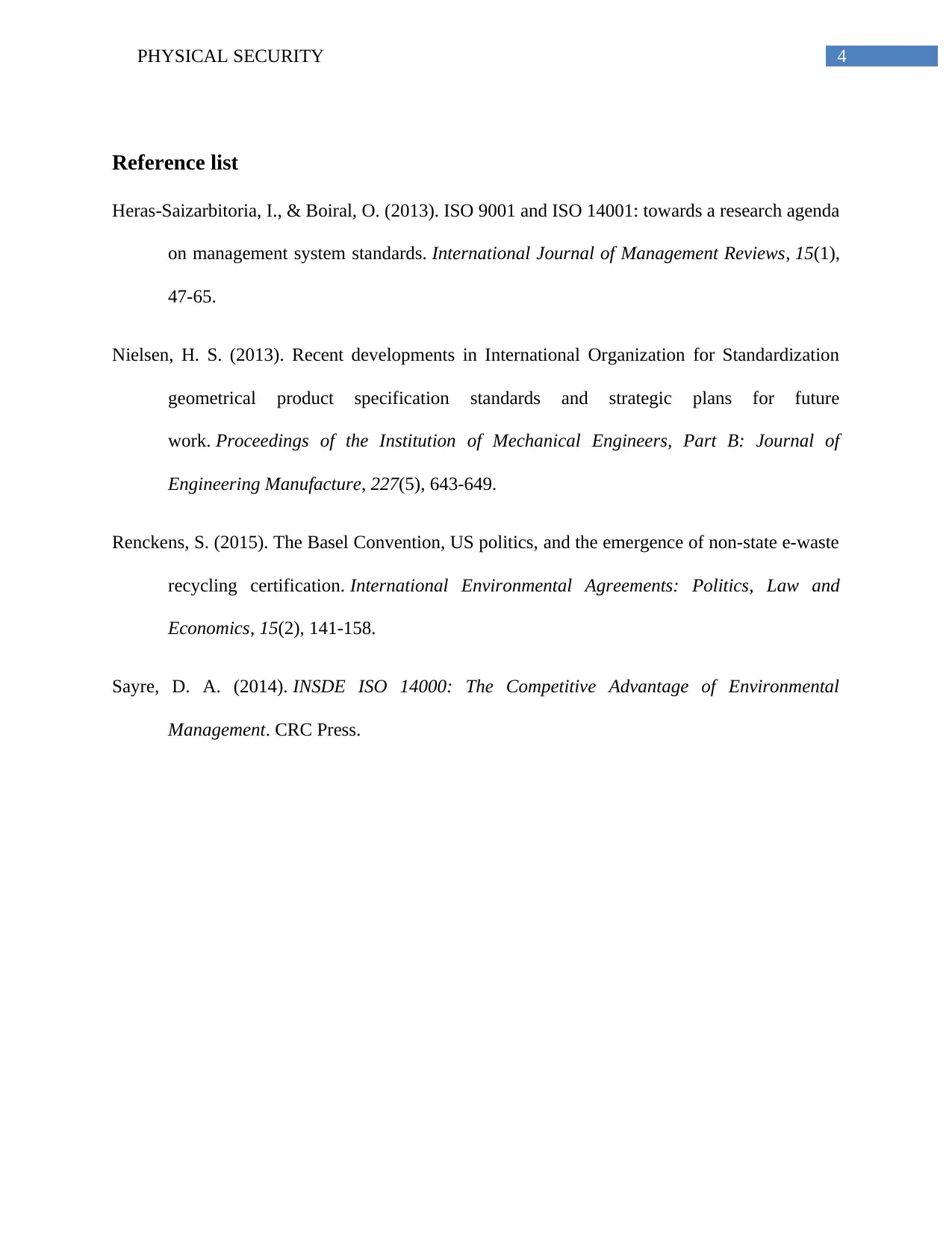




![[object Object]](/_next/static/media/star-bottom.7253800d.svg)